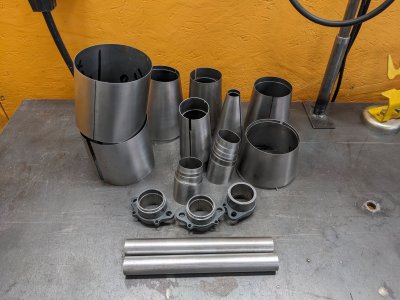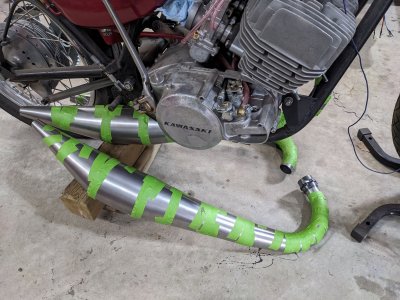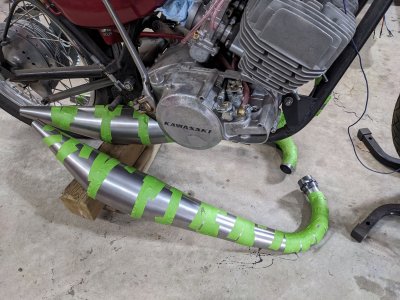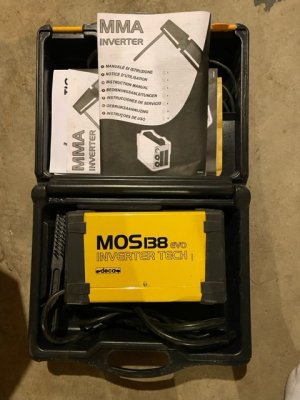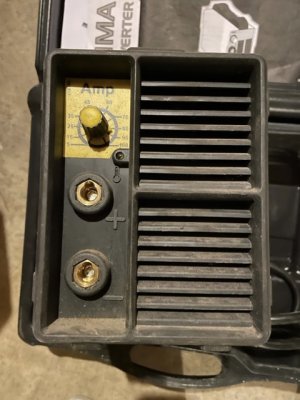I'll say I'd choose TIG inna heartbeat, provided that your machine will dial down enough.
Always just used what filler was on hand, typically 1/16 wire. See no reason NOT to use MIG wire, though, just never did...
Get some similar size sheet material, roll a couple tubes, tack them and weld them. Cut out the welds, Roll the tubes tighter, rinse, repeat! Practice, and the results that you get, will tell you when to swallow hard, and just get on with it!

I was spoiled, while learning, always had a foot pedal, and a comfy chair to use, and a table for my work. May be something to that, as it was very similar to the TIG stations I saw in several different Aviation related shops.
With the machine that will go down pretty low, you can play around and make all sorts of weird build-ups just controlling the heat input and the filler amounts, you can build essentially a 3D printed structure, given enough patience... Pretty amazing what you can do with decent control over your settings. If you don't have the option of a foot pedal or fingertip amperage control, then double down on getting your settings sorted on practice material, set it so you can be moving at a comfortable pace, rather than rushing to try to keep up. Nicely fit up joints need less filler, too!
Suggest you hack together a couple wooden Vee Blocks, of sorts, so you can rest the pipes sections in them to keep them from rolling around on the table or bench. It's a lot easier to get a nice looking weld, if you have the support for your hands, and can work in comfortable positions, rather than having to try to warp your body and hold yer tongue just right, to get yourself lined up on the seam!




